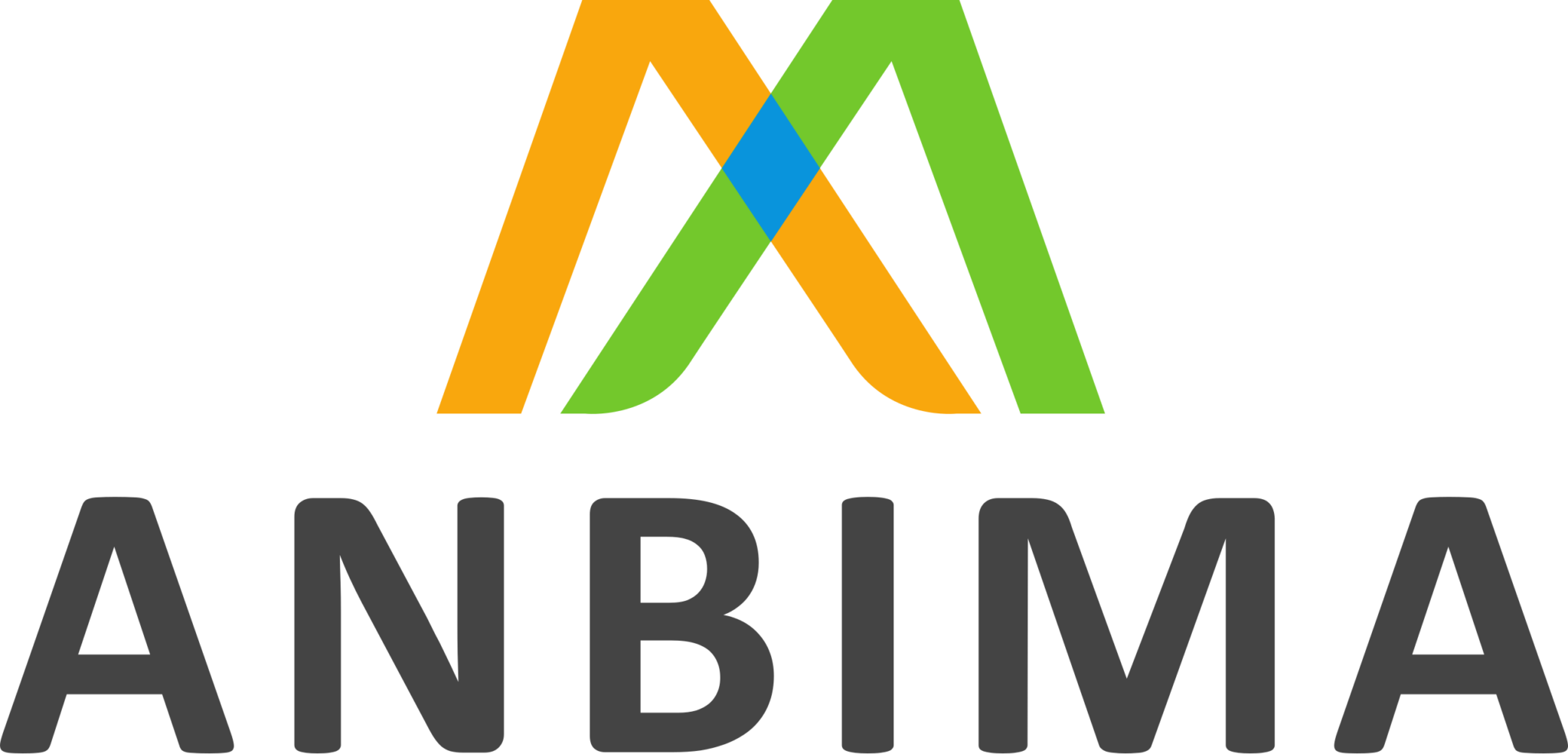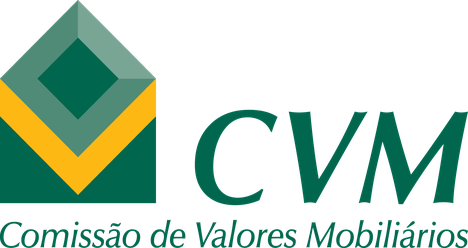In recent years, the Credit Rights Investment Funds, the FIDCs, have gained prominence in the Brazilian capital market. With a model that combines attractive profitability, risk spraying and strong connection to the real economy, FIDCs have won over qualified managers and investors. Yet, this impressive growth has been limited to the more sophisticated audience, with only a minimal fraction accessible to retail investors.
While the total number of FIDCs active in Brazil exceeds 3,300, only six are open to small investors|r, which represents a mere 0.18% of the total. Exclusivity still persists, even in the face of a favorable scenario and regulatory changes that could unlock access to retail.
What are FIDCs and why do they attract so much interest?
FIDCs function as vehicles for the anticipation of receivables. They buy credit rights from companies, such as leases, installments, service contracts or credit card invoices, at a discount. This allows companies to anticipate future resources and funds grow with the spread between paid and receivable, taking on the risk of default.
In an environment of high interest rates, this structure has proved to be even more advantageous. The attractive profitability, added to the diversification of risks and legal certainty, makes FIDCs an increasingly sought-after alternative by private credit managers. The growth proves this trend, only between 2023 and 2024, the volume captured by FIDCs increased 89.6%, reaching the mark of R$ 30.3 billion in 2025 alone, being behind only debentures as an instrument of fundraising in the market.
Restricted retail access: a lost opportunity
Despite the success of the class, the vast majority of FIDCs are still restricted to qualified investors, with more than R$ 1 million applied, or professionals, with more than R$ 10 million. The historical explanation is one of the factors. FIDCs were created in 2001 and, for more than two decades, were out of reach of the ordinary investor. It was only in 2023 that the Securities and Exchange Commission, CVM, began to allow access to the general public, with Resolution CVM 175.
Even with this regulatory advance, the offer of open funds to retail remains almost non-existent. Part of the fear in the industry is due to the perception that the retail investor has less familiarity with more complex instruments, being able to react in a volatile way in moments of market stress. Therefore, many managers still prefer to keep their funds closed to more experienced audiences.
This caution, however, can be circumvented with more conservative rules, such as longer redemption periods and higher liquidity requirements in the portfolio. In addition, the regulation itself already imposes limits on the type of asset that can be offered to the retail investor,
authorizing only senior quotas, with priority on receipts, and performed assets, which have already passed the delivery of the good or service.
The strategic role of FIDCs in the current scenario
The macroeconomic and fiscal environment has also boosted the relevance of FIDCs. The Tax Reform, under discussion since 2023, should significantly increase the tax burden for traditional credit companies and operations. Therefore, many companies are migrating to more efficient structures, such as FIDCs, which offer tax benefits, operational stability and legal certainty.
In addition, the transformation of corporate financing in Brazil has increasingly transferred the role of banks to the capital market. FIDCs, along with Equity Investment Funds, the FIPs, have taken a central role in this process, financing from small companies to medium-sized financial institutions.
Recent data from the Central Bank show that, in December 2024, the FIDCs directed R$ 179.7 billion to financing financial institutions, R$ 125.1 billion to trade and R$ 97.4 billion to industry. Together with debentures, CRIs, CRAs and commercial notes, credit rights already represent more than 30% of the extended credit for companies.
The advancement of FIDCs even in the face of uncertainties
Even in a challenging environment for investment funds in general, FIDCs continue to attract resources. In June 2025, the class’s net worth amounted to R$ 687.39 billion, with a positive net take-up of R$ 22.45 billion just in the month. In the first half of the year, while much of the fund industry faced cash redemptions, FIDCs and fixed income funds were the only two classes with net inflows.
The performance of FIDCs also draws attention. It is driven by a combination of factors: the high interest rates, the shortage of credit in the market, the strengthening of the regulatory environment and the expansion of the number of managers who start structuring and offering products of this type.
Perspectives: more access, more risks, more maturity
The future of FIDCs points to an expansion cycle, with more funds open to retail, but also requires accountability. The opening to the general public should be done with attention to the quality of the structure, governance and alignment between risk profile of assets and characteristics of quotaholders.
The risk of the emergence of inexperienced managers, who promise high returns without adequate structure, is a real concern. In cycles of optimism, it is common the appearance of poorly prepared participants who can, in case of problems, compromise the credibility of the entire industry.
Therefore, the healthy growth of FIDCs goes through a combination of strong regulation, financial education and market maturation. With this, it will be possible to expand access
of retail investors to one of the most promising classes in the Brazilian capital market, connecting private savings to the real economy in a sustainable, efficient and responsible way.







